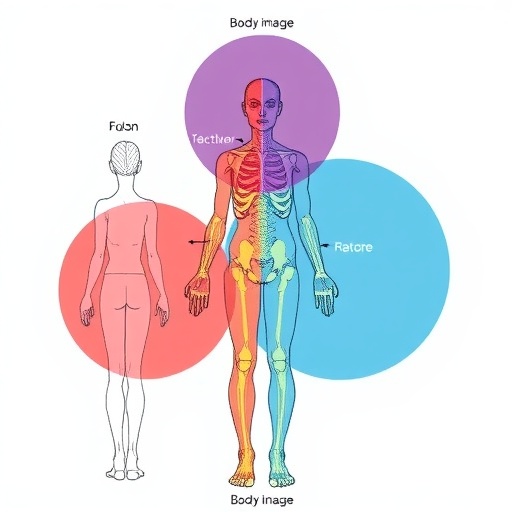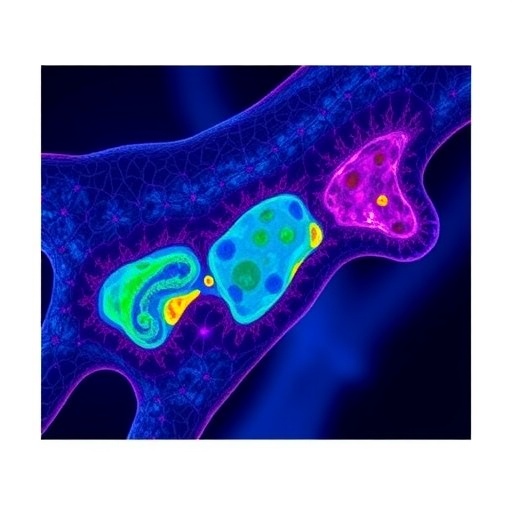COLUMBUS, Ohio – A searchable database is now ready to help study Alzheimer’s disease.

Credit: The Ohio State University Wexner Medical Center
COLUMBUS, Ohio – A searchable database is now ready to help study Alzheimer’s disease.
Neuroscience and biomedical informatics researchers at The Ohio State University Wexner Medical Center and College of Medicine created the comprehensive, user-friendly repository.
The free database – known as ssREAD – is outlined in a manuscript published online in Nature Communications.
Alzheimer’s disease is the most common cause of dementia, accounting for up to 80% of cases. An estimated 6.7 million Americans who are age 65 and older are living with Alzheimer’s dementia today, according to the Alzheimer’s Association’s 2023 Alzheimer’s disease facts and figures report.
This database will help study the pathology of Alzheimer’s disease. Pathology examines the cause, development, structural/functional changes and natural history associated with diseases.
Molecular signatures underlying Alzheimer’s disease pathology have been increasingly explored through single-cell and single-nucleus RNA-sequencing (scRNA-seq & snRNA-seq) and spatial transcriptomics.
“These technologies have cast fresh light on the exploration of Alzheimer’s disease pathogenesis and sex difference at the cellular and molecular levels. Our ssREAD repository offers a broader spectrum of Alzheimer’s disease-related datasets, with an optimized analytical pipeline and improved usability,” said study co-corresponding author Hongjun “Harry” Fu, PhD, assistant professor of neuroscience at Ohio State.
Datasets
The database encompasses 277 integrated datasets from 67 Alzheimer’s disease-related scRNA-seq & snRNA-seq studies, totaling 7,332,202 cells. The repository also includes 381 spatial transcriptomics samples from 85 human and mouse studies.
- Detailed annotations including cell types and spatial layers
- Differential gene expressions and functional enrichment analysis
- Spatially variable genes and deconvolution with single-cell datasets
Interactive visualizations
User-friendly web server to provide comprehensive analysis interpretations and filters support multiple selections
- Scatter plots for clusters, cell types, and spatial layers
- Feature plots and violin plots for gene expression profile
- Real-time gene set enrichment analysis
“We are closing the gap for researchers by creating this specialized database. Integrating these diverse datasets and conditions will be invaluable for researchers studying the complex landscape of Alzheimer’s disease,” said Qin Ma, PhD, professor in Ohio State’s department of biomedical informatics.
###
Journal
Nature Communications
Method of Research
Data/statistical analysis
Subject of Research
People
Article Title
ssREAD: A Single-1 cell and Spatial RNA-seq Database for Alzheimer’s Disease
Article Publication Date
6-Jun-2024
COI Statement
The authors declare no competing interests.




